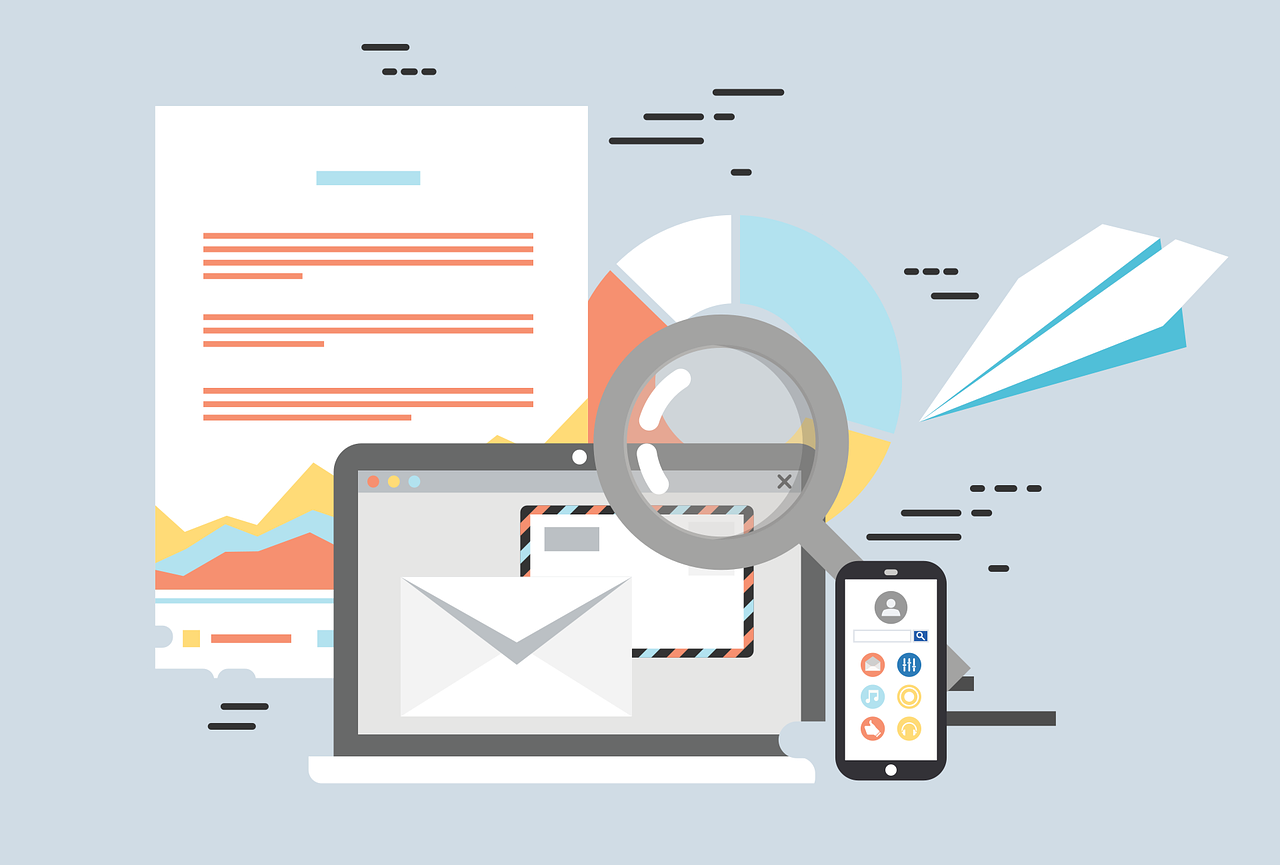In today's fast-paced world, laboratories are under constant pressure to improve efficiency, maintain quality control, and comply with regulatory requirements. One way to achieve these objectives is by implementing a Laboratory Information System (LIS). A LIS is a software solution that helps laboratories manage their data and processes more efficiently, leading to better decision-making and improved overall performance.
In this article, we will explore the many benefits of onboarding a LIS in your laboratory, including increased productivity, improved data management, enhanced reporting capabilities, and more.
Improved Workflow and Increased Productivity
One of the most significant benefits of using a LIS is the ability to streamline laboratory workflows and increase overall productivity. By automating routine tasks, such as sample tracking, data entry, and result reporting, laboratories can significantly reduce manual work and human errors.
Key advantages of automated workflows:
Reduced turnaround time: Faster processing of samples and data allows for quicker results, which can be critical in time-sensitive situations.
Increased capacity: Automation enables laboratories to handle higher volumes of work without sacrificing quality or accuracy.
Improved staff utilization: By reducing manual tasks, laboratory staff can focus on more complex and value-added activities, such as data analysis and interpretation.
Enhanced Data Management and Integration
A LIS enables laboratories to centralize their data in a single, secure, and accessible location. This not only simplifies data retrieval but also improves data integrity and security.
The benefits of centralized data management include:
Data consistency: By having all data in one place, laboratories can ensure data consistency across different departments and instruments.
Ease of access: Authorized users can easily access and share data across the organization, improving collaboration and decision-making.
Data security: A LIS can be configured with various cybersecurity measures, such as user authentication and access controls, to protect sensitive data from unauthorized access.
Integration with other systems: A LIS can integrate with other laboratory systems, such as electronic medical records (EMRs) and laboratory instruments, to provide a seamless flow of data between different platforms.
Advanced Reporting and Analytics
Another significant advantage of using a LIS is the ability to generate advanced reports and perform in-depth data analysis. This allows laboratories to monitor performance, identify trends, and make data-driven decisions that can ultimately improve patient care and overall efficiency.
Key features of LIS reporting and analytics:
Customizable reports: Laboratories can create custom reports based on specific needs, such as department-specific metrics, regulatory compliance requirements, or quality control measures.
Real-time data analysis: With access to real-time data, laboratories can quickly identify issues and take corrective action before they impact patient care or laboratory operations.
Trend analysis: By tracking key performance indicators (KPIs) over time, laboratories can identify trends and make informed decisions about process improvements and resource allocation.
Regulatory Compliance and Quality Control
Complying with various industry standards and regulations is essential for laboratories to maintain accreditation and ensure patient safety. A LIS can help laboratories meet these requirements by providing built-in tools and features designed to support compliance efforts.
How a LIS supports regulatory compliance and quality control:
Audit trails: A LIS can maintain a complete audit trail of all actions taken within the system, including data modifications, user logins, and document approvals. This provides laboratories with a reliable record of their activities and helps demonstrate compliance during audits or inspections.
Automated alerts and reminders: To ensure timely completion of required tasks, a LIS can send automated alerts and reminders to staff members regarding pending actions, such as calibrating instruments or reviewing test results.
Quality assurance tools: A LIS can include built-in quality assurance tools, such as control charts and statistical analysis features, to help laboratories monitor their performance and ensure they meet established quality standards.
Scalability and Customization
A LIS is designed to be scalable and customizable, allowing laboratories to adapt the system to their unique needs and requirements. This means that as your laboratory grows and evolves, your LIS can grow with you, ensuring that you always have the tools and features you need to stay competitive and efficient.
Key aspects of LIS scalability and customization:
Modular architecture: A LIS typically features a modular architecture, allowing laboratories to add or remove modules as needed to support their specific workflows and processes.
Configurable settings: Laboratories can configure a LIS to match their unique requirements, such as customizing data fields, defining user roles, and setting up automated workflows.
Integration capabilities: A LIS can integrate with a wide range of third-party systems and devices, ensuring seamless data exchange and compatibility with existing laboratory infrastructure.
Conclusion
Onboarding a laboratory information system (LIS) can have a transformative impact on your laboratory's operations, providing numerous benefits such as improved workflow efficiency, enhanced data management, advanced reporting capabilities, and support for regulatory compliance. By investing in a LIS, your laboratory can streamline processes, reduce errors, and ultimately improve the quality of patient care.

